
1892 CE - 1963 CE, Gothic Art in the Gilded Age
- Subject:
- Architecture
- Arts and Humanities
- CTE
- United States history
- World history
- Date Added:
- 06/06/2017

1892 CE - 1963 CE, Gothic Art in the Gilded Age

1634 CE - 1666 CE, Power of the Mughal Empire expressed through Religious Architecture
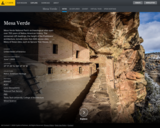
600 CE - 1300 CE, Native American Cliff Dwellings in Colorado

1770 CE - 2017 CE, Mission San Carlos Borromeo del RÃÂÂo Carmelo
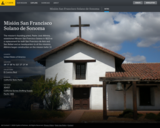
1823 CE - 1834 CE, Mission San Francisco Solano
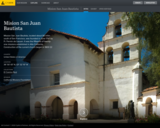
1797 CE - 1835 CE, Mision San Juan Bautista de Ligui

1776 CE - 1834 CE, The oldest standing, intact, adobe building dedicated to Christian workship.
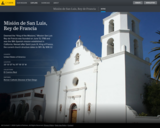
1798 CE - 2017 CE, The King of Missions: Mission San Luis Rey de Francia

1215 CE - 1400 CE, The Monastery of the Spear
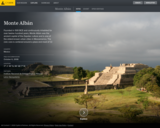
500 BCE - 800 CE, Capital of the Zapotec Empire: Founded in 500 BCE and continuously inhabited for over twelve hundred years, Monte Albán was the ancient capital of the Zapotec culture and is one of the oldest-known urban cities in Mesoamerica. The civic core is centered around a plaza and most of the city's great monumental structures are built in its vicinity. It is estimated that approximately 30,000 people lived within a six-kilometer radius of this center during the city's peak in the 6th century CE. Sometime between 700 and 800 CE, the ruling Zapotec lineage at Monte Albán collapsed, construction halted, and the city fell into decline. Today, the site remains a source of great pride for the peoples of Oaxaca, particularly the Zapotec-speakers that still farm the fields on the valley floor below.

1927 CE - 2011 CE, National Legacy in Stone

1943 CE - 2014 CE, Home to 366th Fighter Wing

1830 CE - 1976 CE, Johnson and Melrose House of the American South

1786 CE - 1968 CE, Utopian Village of the Industrial Revolution

1964 CE, The 1964-65 New York World's Fair (NYWF), with over 51 million attendees, was the last of the ‘great' Fairs held in the United States. For the price of a $2.00 admissions ticket, a Fairgoer could glimpse into the nation's history, discover art from around the world, view advances in science and technology and peer into the future, all in one compact locale. Many of the technologies we enjoy today, or the foundations that made them possible, were showcased at the 1964-65 NYWF.
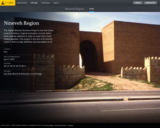
6000 BCE - 600 BCE, Flourishing Capital of the Assyrian Empire

3000 BCE - 1874 CE, A Site of Significance for First Nations and Geology. Okotoks Erratic, situated 7 km west of Okotoks, Alberta, Canada, is a supreme example of a glacial erratic. Commonly known as " Big Rock" , this quartzite boulder is the world's largest known glacial erratic at 16,500 metric tons.

1125 CE - 1850 CE, Scotland's Medieval and Neoclassical Capital

438 BCE- 500 CE, The Parthenon: The temple of Athen's patron goddess

1907 CE - 1958 CE, The Peel Island Lazaret is a former institution for people with leprosy, located within Teerk Roo Ra (Peel Island) National Park in Moreton Bay on the eastern seaboard of Australia, near Brisbane, the capital city of Queensland. It is owned by the Quandamooka Yoolloobarrabee people and is jointly managed with the Queensland Parks and Wildlife Service.